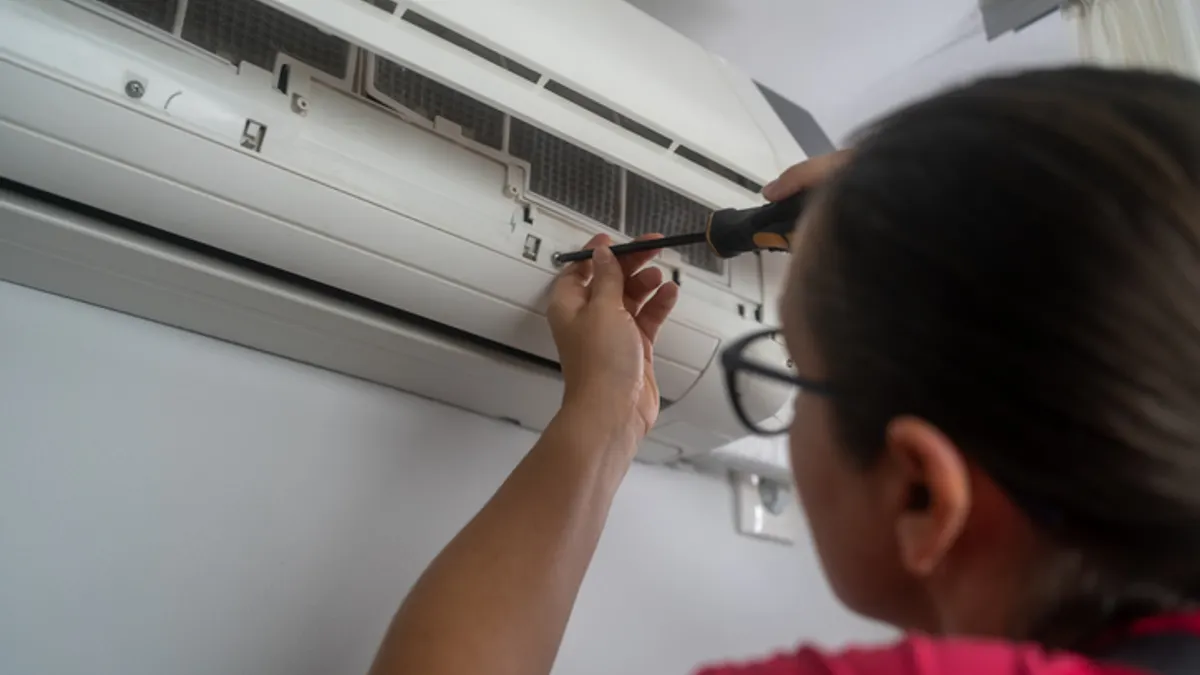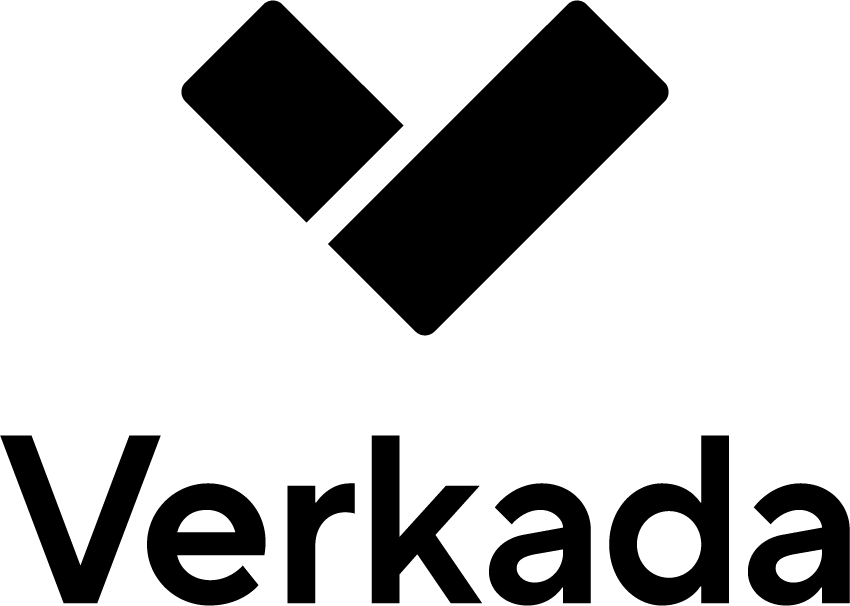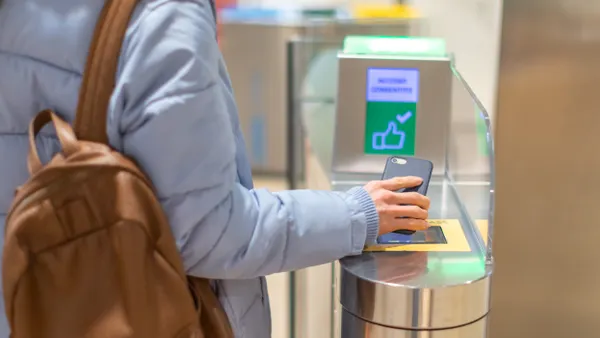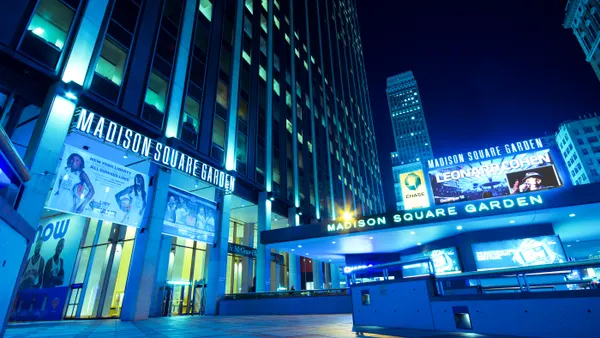A security company founded in 2016 with backing from Jeff Bezos is betting on the idea that security cameras can be used to prevent and not just deter crime by having remote guards engage with people acting suspiciously using two-way audio. If the guards determine someone isn’t supposed to be on the premises, they can escalate their response by triggering a strobe light, smoke bomb, pepper spray or sirens.
“Ninety-nine percent of the time, the [issue is resolved] by the time someone intervenes and tells them to please go away,” David Selinger, founder and CEO of Deep Sentinel, told Facilities Dive. But if the problem persists and they have to call law enforcement, the company can provide them with crucial context.
“When we call into the police department, it’s not, ‘Hi, this is ADT. We have a garage door alarm,’” Selinger said. “It’s, ‘This is Johnny at Deep Sentinel. I’ve got a set of three masked individuals who jumped this fence and are now attempting to break in.’”
The company stops between 3,000 and 4,000 crimes a month, including sexual assault, Selinger said.
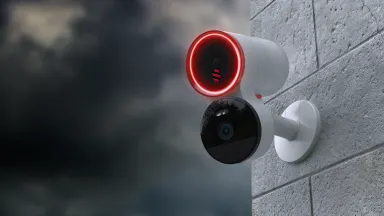
Using the camera’s microphone, guards will “make it increasingly clear that people are on the way, increasingly clear that we know … exactly what they look like, where they’re standing.”
“You make it personal,” he said.“You’re not getting out of this.”
The company manages everything so the facility manager doesn't have to think about security unless there’s an incident to report, Selinger said.
“You don’t hire your own guards. You don’t have to contract anything out,” he said.
Facility managers pay a recurring fee for the service and a separate fee to get the cameras installed or have their existing cameras retrofitted to include the two-way audio and the FlashBang device – the delivery mechanism for the smoke, pepper spray, strobe light and sirens. The installation fee can be spread out as part of the service fee.
“Imagine this being an enterprise solution that’s also built with the usability of a Ring,” he said. “You get all that information, all the configuration, all the historical videos. You can see everything just like you would with a Ring. But unlike a Ring system, you can push mute.”
The company trains the guards on how to manage their interactions. It also shares best practices with facility managers.
“There's a practice that we advocate called CPTED – crime prevention through environmental design,” he said. “We make recommendations on things like walls, fences, lights and then we integrate the cameras into that environment to best provide the protections they need.”
The company’s recommendation on the number of cameras, and where they’re located, are based on the security infrastructure that’s in place.
“If you’ve got, for example, a parking lot that’s experiencing a ton of crime and doesn’t have a fence around it, we’re going to go with a higher density of cameras to protect the parking,” he said. “If you’ve got a 9-foot fence, you may need only one or two interior cameras and then just protect the perimeter.”
The cameras are configured to catch different types of activity depending on where they’re located.
“For example, a lobby is an open space where we expect people to be coming and going, so we’re primarily looking for things like slip and fall, assault and battery,” he said. “If you have a secure space near your vault, you don’t expect to have any person there, so any person who is there is communicated with and verified using whatever factors of identification we have.”
The company last month closed $15 million in Series B funding to help it pay for expansion plans. Part of the money will help it accelerate what it calls its bring-your-own-camera integration efforts. That’s the part of its business in which it retrofits existing cameras to include its two-way audio capabilities and the FlashBang device.
“We're not just adding more cameras or software features,” Selinger said in announcing the funding. “We're transforming how people experience safety.”




